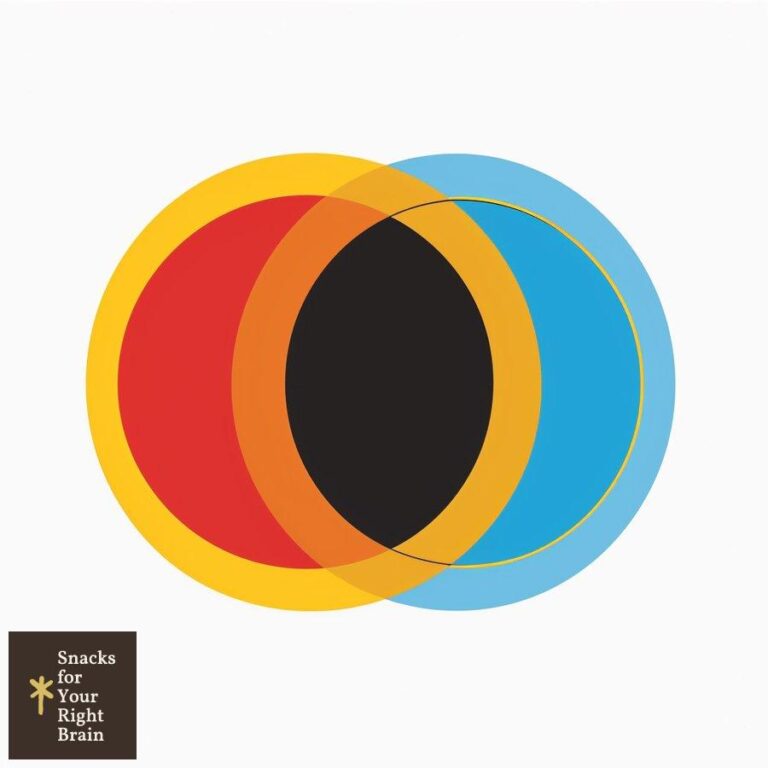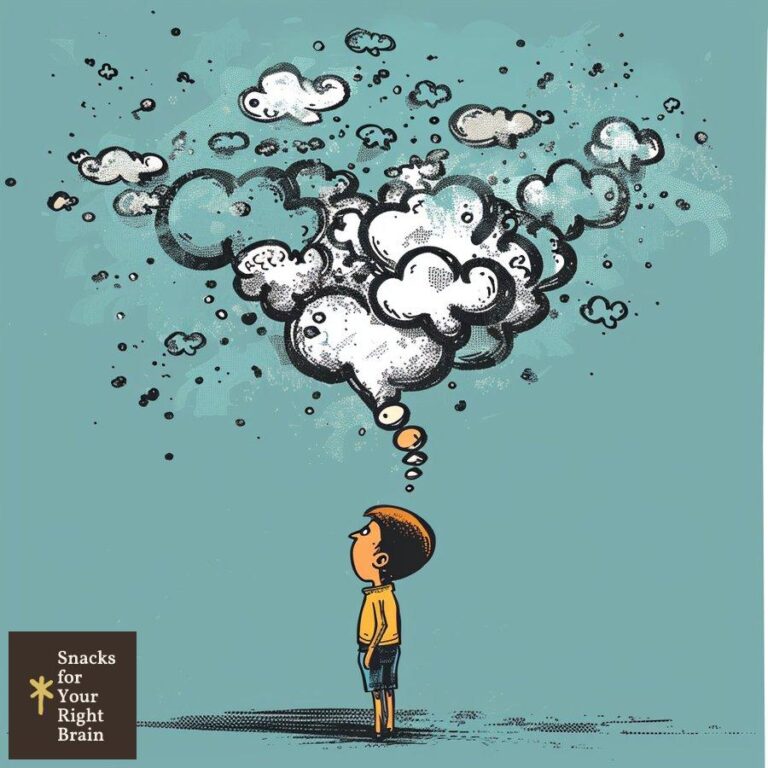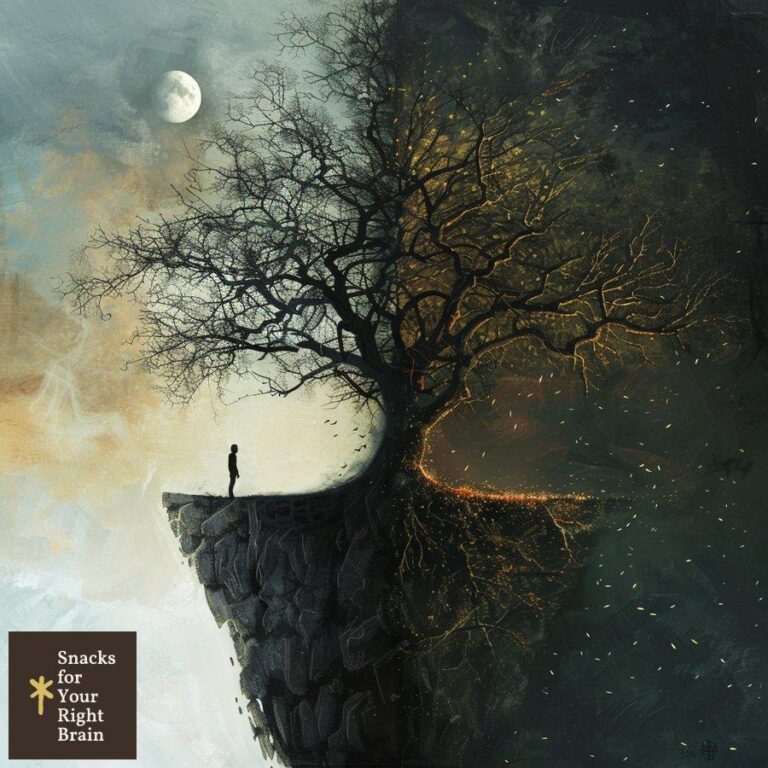What Is a Stereotype in a Short Story
What are stereotypes in short stories?
Stereotypes in short stories refer to oversimplified and generalized representations of characters, settings, or situations that often rely on preconceived notions about particular groups or themes. These literary devices can manifest as character types, plot structures, or thematic elements that readers recognize based on cultural or societal norms.
Defining Stereotypes
Stereotypes serve as mental shortcuts that help readers quickly categorize characters and situations. They can be explicit, where the stereotype is clearly defined and acknowledged, or implicit, where it operates beneath the surface, often going unnoticed. For instance, the stereotype of the “dumb jock” or the “nerdy scientist” provides immediate context for readers, allowing them to anticipate character behavior without extensive exposition.
The Role of Stereotypes in Literature
In literature, stereotypes can serve various functions. They can:
-
Create Familiarity: Familiar stereotypes allow readers to engage with stories more easily, as they provide a common ground for understanding character motivations and plot developments.
-
Facilitate Character Development: Writers may use stereotypes as a foundation upon which to build more complex characters, subverting expectations and challenging readers’ assumptions.
-
Highlight Societal Issues: Stereotypes can reflect and critique societal norms, revealing biases and prompting discussions about diversity and representation.
Understanding stereotypes is crucial for both readers and writers, as they can influence perceptions and shape narratives in significant ways.
How do stereotypes function in storytelling?

Stereotypes function in storytelling by providing a framework for character development, plot progression, and thematic exploration. They can be employed strategically to enhance a narrative, but they also carry the risk of reinforcing harmful biases.
Mechanisms of Stereotype Functionality
-
Character Archetypes: Stereotypes often manifest as archetypes—universal symbols or themes that recur across cultures and genres. For example, the “hero,” “mentor,” or “villain” archetypes are common in storytelling and can be recognized by readers immediately.
-
Plot Devices: Stereotypes can streamline plot development by establishing predictable character actions and reactions. This predictability can be useful in short stories, where brevity necessitates quick character establishment.
-
Conflict Generation: Stereotypes can also create conflict by pitting characters against one another based on their stereotypical traits. This can lead to tension and drama, driving the narrative forward.
Positive and Negative Impacts
While stereotypes can enhance storytelling, they can also perpetuate negative perceptions. For instance, portraying a character from a marginalized group solely through a stereotype can diminish their complexity and reinforce societal biases. Writers must navigate this delicate balance, ensuring that stereotypes serve a purpose without reducing characters to mere caricatures.
What are the common types of stereotypes found in short fiction?
Stereotypes in short fiction can be categorized into various types, each serving specific narrative functions. Recognizing these types can help readers and writers critically engage with the text.

Common Types of Stereotypes
-
Character Stereotypes: These include flat or one-dimensional characters that embody specific traits. Examples include the “damsel in distress,” the “wise old man,” or the “angry black woman.” These characters often lack depth and complexity.
-
Situational Stereotypes: These are plot-driven scenarios that rely on familiar situations, such as a love triangle or a “rags to riches” story. They can be engaging but may also feel clichéd if overused.
-
Behavioral Stereotypes: These reflect societal beliefs about how certain groups behave. For example, the stereotype that women are more emotional than men can lead to predictable character interactions.
-
Cultural Stereotypes: These arise from societal norms and expectations related to race, ethnicity, or nationality. They can manifest in characters who embody exaggerated traits associated with their cultural background.
Table: Common Types of Stereotypes in Short Fiction
| Type of Stereotype | Description | Example |
|---|---|---|
| Character Stereotypes | One-dimensional characters embodying specific traits | Damsel in distress |
| Situational Stereotypes | Familiar plot scenarios | Love triangle |
| Behavioral Stereotypes | Societal beliefs about group behavior | Women as overly emotional |
| Cultural Stereotypes | Exaggerated traits based on cultural background | Stereotypical “lazy” immigrant |
Understanding these types of stereotypes enables readers to recognize their presence in narratives and consider their implications.
How can readers identify stereotypes in short stories?
Identifying stereotypes in short stories requires a critical reading approach that involves analyzing character traits, plot structures, and thematic elements. Readers can enhance their understanding of stereotypes by employing specific strategies.
Strategies for Identifying Stereotypes
-
Character Analysis: Examine character traits and behaviors. Are they overly simplistic or conforming to common stereotypes? Consider how these traits serve the narrative and whether they contribute to character depth.
-
Plot Examination: Analyze the plot structure. Does it rely on familiar tropes or situations? Identify any predictable outcomes based on character stereotypes and consider their impact on the story’s originality.
-
Contextual Awareness: Be aware of the cultural and societal context in which the story is set. Understanding the background can help readers recognize stereotypes that may not be immediately apparent.
-
Comparative Reading: Read multiple stories within the same genre or theme. This can highlight common stereotypes and allow readers to see how different authors handle similar character types or situations.
Table: Tips for Identifying Stereotypes
| Tip | Description |
|---|---|
| Character Analysis | Examine character traits for simplicity or depth |
| Plot Examination | Look for familiar tropes or predictable outcomes |
| Contextual Awareness | Understand the cultural background of the story |
| Comparative Reading | Read multiple stories to identify common stereotypes |
By employing these strategies, readers can develop a more nuanced understanding of how stereotypes function within short stories.
What impact do stereotypes have on readers and society?
Stereotypes in literature can have profound effects on both readers and society at large. They shape perceptions, influence beliefs, and can either reinforce or challenge societal norms.

Effects on Readers
-
Perception Formation: Readers often internalize stereotypes, which can shape their perceptions of real-world individuals and groups. This can lead to biased views and reinforce existing prejudices.
-
Emotional Response: Stereotypes can elicit strong emotional reactions, whether positive or negative. Readers may feel empathy for characters who defy stereotypes or frustration toward those who conform to them.
-
Engagement Levels: Stories that rely heavily on stereotypes may disengage readers, as they may find the narrative predictable or unoriginal. Conversely, subverting stereotypes can create intrigue and keep readers invested.
Effects on Society
-
Cultural Reflection: Literature often reflects societal norms and values. Stereotypes can reinforce harmful beliefs about marginalized groups, perpetuating discrimination and bias.
-
Social Change: Conversely, literature can challenge stereotypes and promote understanding. Stories that present complex, multi-dimensional characters can foster empathy and encourage readers to question their assumptions.
How can writers avoid or subvert stereotypes in their work?
Writers have a responsibility to navigate the use of stereotypes thoughtfully, ensuring that their characters are well-rounded and authentic. There are several strategies to avoid or subvert stereotypes effectively.
Strategies for Avoiding Stereotypes
-
Character Depth: Develop characters with unique backgrounds, motivations, and personalities. Avoid reducing them to singular traits or roles.
-
Diverse Perspectives: Incorporate diverse voices and experiences in storytelling. This can help challenge stereotypes and promote a more inclusive narrative.
-
Subverting Expectations: Use stereotypes as a starting point but then subvert them. For example, a character who appears to be a typical “bad boy” might reveal a sensitive side, challenging readers’ assumptions.
-
Research and Consultation: Writers should conduct thorough research and consult individuals from the groups they are representing. This ensures authenticity and helps avoid unintentional stereotypes.
Table: Strategies for Avoiding Stereotypes
| Strategy | Description |
|---|---|
| Character Depth | Create multi-dimensional characters |
| Diverse Perspectives | Include varied voices and experiences |
| Subverting Expectations | Challenge stereotypes by revealing unexpected traits |
| Research and Consultation | Ensure authenticity through thorough research |
Implementing these strategies can help writers create more nuanced and engaging narratives that resonate with readers.
What are some notable examples of stereotype use in classic short stories?
Classic literature often employs stereotypes, both effectively and detrimentally. Understanding these examples can provide insight into the use of stereotypes in storytelling.
Examples of Stereotype Use
-
To Kill a Mockingbird by Harper Lee: The character of Tom Robinson embodies racial stereotypes prevalent in the American South. His portrayal highlights societal prejudices and serves as a critique of racism.
-
Cinderella by Brothers Grimm: The archetype of the wicked stepmother is a recurring stereotype in fairy tales. This character often represents jealousy and cruelty, reinforcing negative perceptions of stepmothers.
-
The Adventures of Huckleberry Finn by Mark Twain: The character of Jim, a black slave, is portrayed through stereotypes that reflect societal views of race during the time. His depiction raises questions about race, equality, and humanity.
Table: Notable Examples of Stereotype Use
| Story Title | Author | Stereotype Description |
|---|---|---|
| To Kill a Mockingbird | Harper Lee | Racial stereotypes surrounding African Americans |
| Cinderella | Brothers Grimm | Wicked stepmother archetype |
| The Adventures of Huckleberry Finn | Mark Twain | Stereotypical portrayal of race and equality |
These examples illustrate how stereotypes can be used to reflect societal issues while also highlighting the potential for harm in their portrayal.
How have approaches to stereotypes evolved in modern short fiction?
Modern short fiction increasingly recognizes the complexity of characters and the dangers of relying on stereotypes. Writers are now more aware of the implications of their choices and strive for authenticity and representation.
Evolution of Approaches
-
Increased Awareness: Contemporary writers are more conscious of the impact of stereotypes and actively work to avoid them. There is a growing emphasis on creating diverse and authentic characters.
-
Complex Narratives: Modern stories often feature multi-dimensional characters who defy stereotypes. This complexity allows for richer narratives and deeper engagement with readers.
-
Cultural Sensitivity: Writers are more likely to engage with cultural sensitivity, researching and consulting with individuals from diverse backgrounds to ensure accurate representation.
-
Challenging Norms: Many modern stories aim to challenge societal norms and stereotypes, promoting understanding and empathy. This shift reflects a broader cultural movement toward inclusivity and representation.
How can readers critically analyze stereotypes in short stories?
Critical analysis of stereotypes in short stories involves examining character portrayals, plot structures, and thematic elements with a discerning eye. Readers can engage in this analysis through several methods.
Methods for Critical Analysis
-
Identify Stereotypes: Look for common stereotypes in character traits, behaviors, and plot situations. Consider how these stereotypes contribute to or detract from the story.
-
Evaluate Character Depth: Assess whether characters are portrayed as multi-dimensional individuals or reduced to simplistic stereotypes. Consider their motivations and development throughout the story.
-
Contextualize the Narrative: Examine the cultural and societal context of the story. How do the stereotypes reflect or challenge prevailing norms?
-
Reflect on Personal Responses: Consider your emotional reactions to the characters and situations. How do stereotypes influence your perceptions of the narrative?
Table: Methods for Critical Analysis of Stereotypes
| Method | Description |
|---|---|
| Identify Stereotypes | Recognize common stereotypes in characters and plots |
| Evaluate Character Depth | Assess multi-dimensionality of characters |
| Contextualize the Narrative | Examine societal context and its impact on stereotypes |
| Reflect on Personal Responses | Analyze emotional reactions to characters and situations |
Engaging in critical analysis allows readers to develop a deeper understanding of the role of stereotypes in storytelling and their broader implications.
What techniques can writers use to transform stereotypical characters?
Writers can employ various techniques to transform stereotypical characters into more complex and engaging figures. These techniques can enhance character depth and challenge readers’ expectations.
Techniques for Transformation

-
Layered Characterization: Develop characters with diverse traits, backgrounds, and motivations. Avoid defining them solely by their stereotypical attributes.
-
Backstory Exploration: Provide rich backstories that explain characters’ motivations and behaviors. This adds depth and complexity, moving beyond stereotypes.
-
Contradictory Traits: Introduce traits that contradict the character’s stereotype. For example, a character who appears tough may have a sensitive side, challenging readers’ assumptions.
-
Dynamic Arcs: Create character arcs that allow for growth and change. Characters who evolve throughout the story can defy stereotypes and engage readers more effectively.
Table: Techniques for Transforming Stereotypical Characters
| Technique | Description |
|---|---|
| Layered Characterization | Develop diverse traits and backgrounds |
| Backstory Exploration | Provide rich backstories for depth |
| Contradictory Traits | Introduce traits that challenge stereotypes |
| Dynamic Arcs | Allow for character growth and evolution |
By employing these techniques, writers can create memorable characters that resonate with readers and challenge societal norms.
In conclusion, understanding stereotypes in short stories is essential for both readers and writers. By recognizing their presence, analyzing their impact, and employing strategies to avoid or subvert them, individuals can engage with literature more thoughtfully and contribute to a richer narrative landscape.






